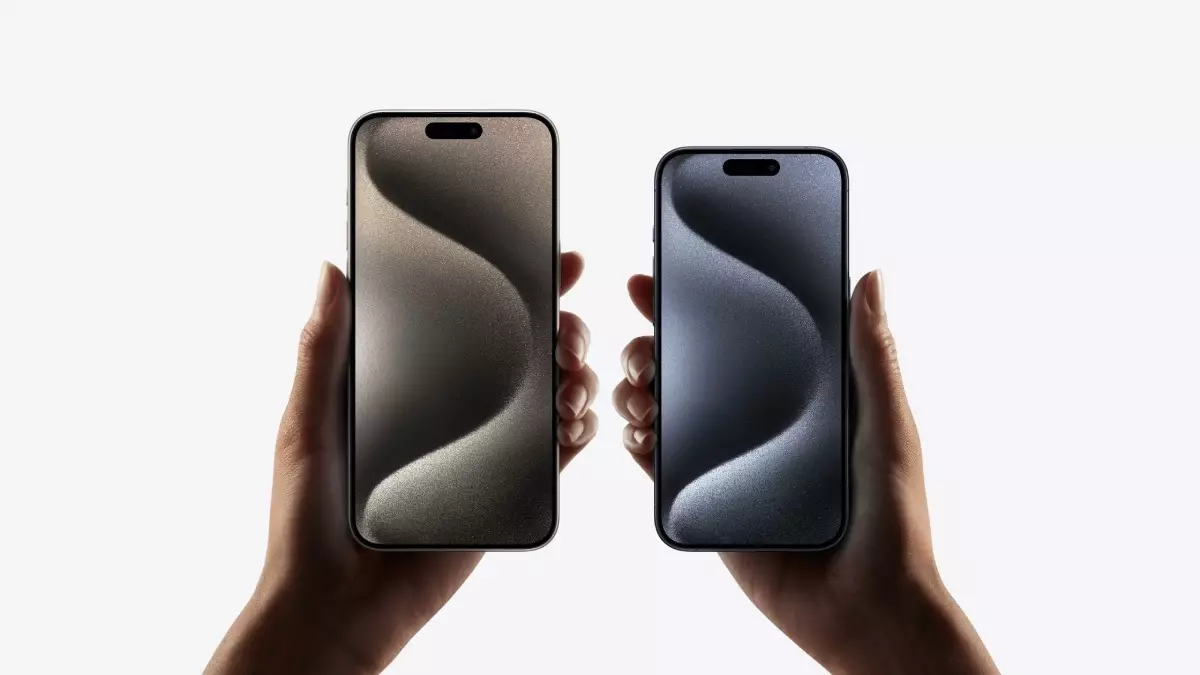The smartphone market is flooded with numerous options, but when it comes to high-end devices, Apple and Samsung are the leading contenders. Apple recently unveiled its iPhone 15 Pro Max, while Samsung launched its Galaxy S23 Ultra earlier this year. Both devices offer top-of-the-line features and are priced similarly. In this article, we will compare and analyze the similarities and differences between the iPhone 15 Pro Max and the Samsung Galaxy S23 Ultra, shedding light on their design, display, performance, camera capabilities, battery life, and more.
The iPhone 15 Pro Max boasts a 6.7-inch Super Retina XDR OLED display, which provides vibrant colors and excellent contrast. It utilizes Apple’s Ceramic Shield material, enhancing durability and offering better protection against accidental drops. On the other hand, the Galaxy S23 Ultra features a slightly larger 6.8-inch Edge QHD+ Dynamic AMOLED 2X display. Samsung’s display technology is known for its deep blacks and high brightness levels. Both smartphones offer an immersive viewing experience, but it ultimately comes down to personal preference.
Under the hood, the iPhone 15 Pro Max is powered by Apple’s latest 3nm chipset, the A17 Pro SoC. This chipset promises blazing-fast performance and efficient power consumption. It runs on Apple’s iOS operating system, ensuring smooth and seamless user experience. In contrast, the Galaxy S23 Ultra runs on Android 13 with Samsung’s One UI 5.1 on top. It is equipped with a custom version of Qualcomm’s Snapdragon 8 Gen 2 SoC, delivering exceptional performance. While iOS is known for its optimized and streamlined experience, Android offers more customization options for power users.
When it comes to photography, both smartphones excel in their own ways. The Galaxy S23 Ultra boasts a quad rear camera setup, headlined by a massive 200-megapixel primary wide camera. It is accompanied by a 12-megapixel ultra-wide lens, a 10-megapixel telephoto camera, and an additional 10-megapixel telephoto shooter. The selfie camera on the Galaxy S23 Ultra is a 12-megapixel shooter. On the other hand, the iPhone 15 Pro Max houses a quad camera setup. It features a 48-megapixel wide-angle camera, a 12-megapixel ultra-wide-angle camera, a 12-megapixel 3x telephoto camera, and a 12-megapixel periscope camera. The front-facing camera is a 12-megapixel TrueDepth camera. Both smartphones offer impressive camera capabilities, but it ultimately boils down to individual preference and the user’s photography needs.
Battery life is a crucial factor to consider when purchasing a smartphone, especially for power users. The iPhone 15 Pro Max is claimed to offer more than 24 hours of battery life, ensuring all-day usage on a single charge. Apple has also finally embraced USB Type-C, which is a welcome change. On the other hand, the Galaxy S23 Ultra packs a 5,000mAh battery that supports 45W wired charging, ensuring speedy refueling. Samsung’s device also offers wireless charging capabilities, which is a convenient feature for many users. Both devices come with an IP68 rating for dust and water resistance, providing peace of mind when it comes to accidental spills and splashes.
The iPhone 15 Pro Max starts at ₹1,59,900 for the 256GB storage variant, with the 512GB option priced at ₹1,79,900. The highest storage variant, offering 1TB, is available for ₹1,99,900. On the other hand, the Galaxy S23 Ultra starts at a lower price point of Rs. 1,24,999 for the 12GB RAM + 256GB storage variant. The 512GB storage model comes in at Rs. 1,34,999, while the 1TB storage variant is priced at Rs. 1,54,999. Both smartphones are available for purchase in various color options, allowing users to choose according to their personal style and preference.
The iPhone 15 Pro Max and Samsung Galaxy S23 Ultra are both exceptional devices that offer top-of-the-line features and performance. While the iPhone 15 Pro Max emphasizes a seamless user experience and optimized performance, the Galaxy S23 Ultra provides a more customizable and feature-rich Android experience. When it comes to design, display, camera capabilities, and battery life, both devices offer impressive specifications. Ultimately, the choice between the two depends on individual preferences, operating system preferences, and specific feature requirements. Whatever choice you make, both smartphones are sure to deliver a premium and satisfying user experience.


Leave a Reply